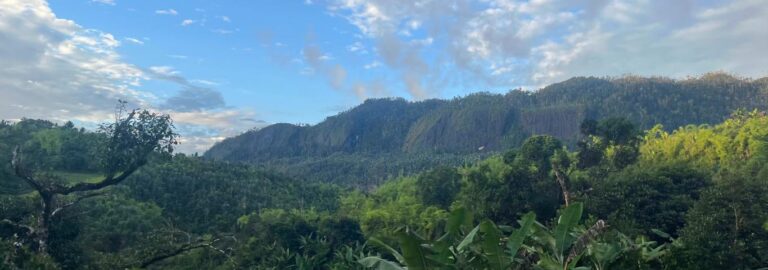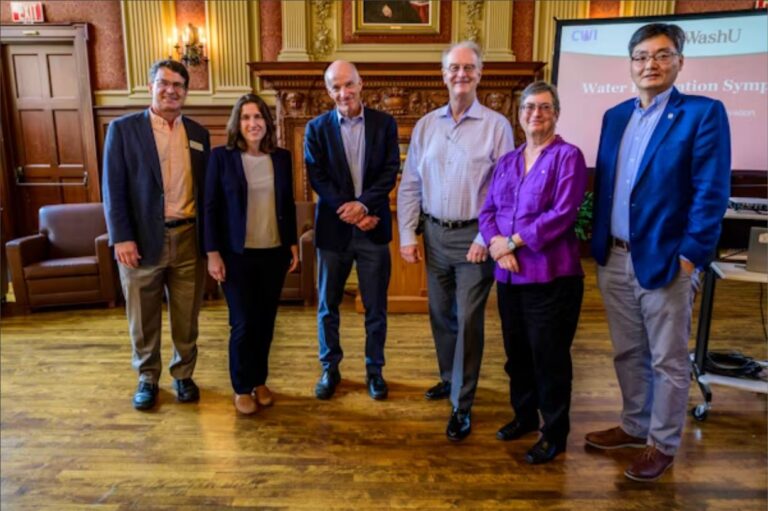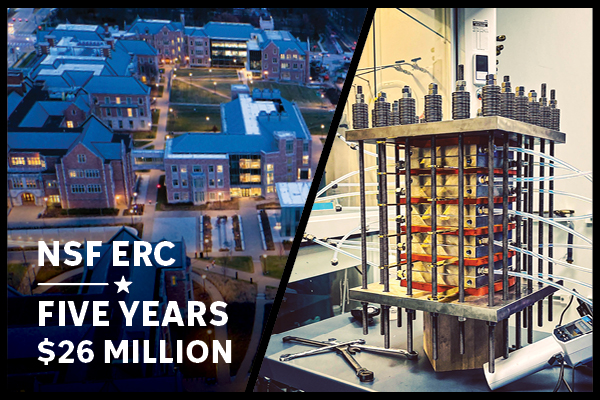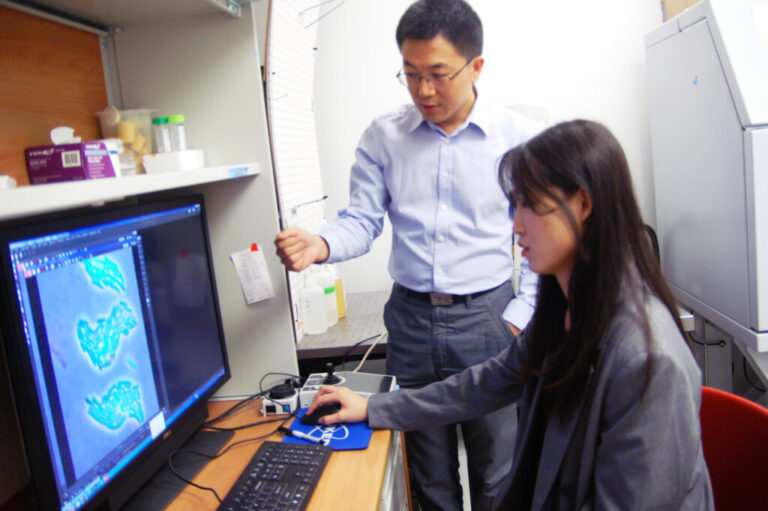Frachetti receives $2.4 million to study resilience in Asia-Pacific region
WashU has received a three-year $2.4 million grant from the U.S. Department of Defense to study societal resilience — how a society recovers from major shocks like the tsunami in Indonesia — in the Asia-Pacific region.
A year in the life of a Pathfinder Fellow: Journey to Madagascar
Elizabeth Swords’ second year as a Pathfinder Fellow involved lessons on environmental modernism and a 22-day trip to Madagascar, where she conducted a research project in partnership with the Missouri Botanical Garden.
WashU research funding exceeds $1 billion for first time
External dollars solve major challenges, spark local job growth, development
Water Innovation Symposium highlights advances in water research
Annual event fosters connections between faculty, students and industry professionals.
Turning bacteria into bioplastic factories
Two new studies by biologists at Washington University in St. Louis highlight one potential source of game-changing materials: purple bacteria that, with a little encouragement, can act like microscopic factories for bioplastics.
WashU to lead $26 million decarbonization initiative
A collaboration of universities and industry is embarking on a bold plan to transform manufacturing toward zero or negative emissions by converting carbon dioxide ultimately into environmentally friendly chemicals and products.
Sustainable technology to extract critical materials from coal-based resources
Young-Shin Jun to develop novel technology to extract, recover and enrich rare earth elements from coal-based resources.
WashU researchers quantify solar absorption by black carbon in fire clouds
New findings from Chakrabarty lab will help make climate models more accurate as massive wildfires become more common.
Fluctuating cellular energy drives microbial bioproduction
Fuzhong Zhang’s lab explores Adenosine-5’-triphosphate (ATP)’s role in biomanufacturing.
Competitive Energy
Alumnus Deko Devins is on a mission to make solar power more widespread, affordable and accessible.









